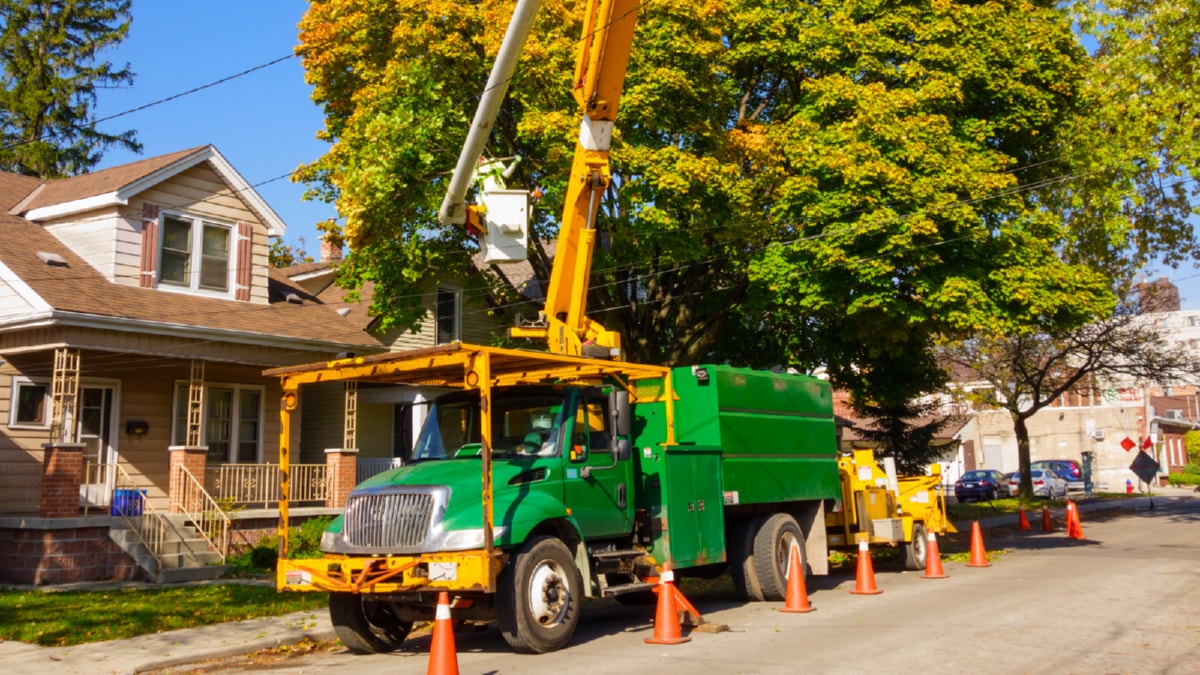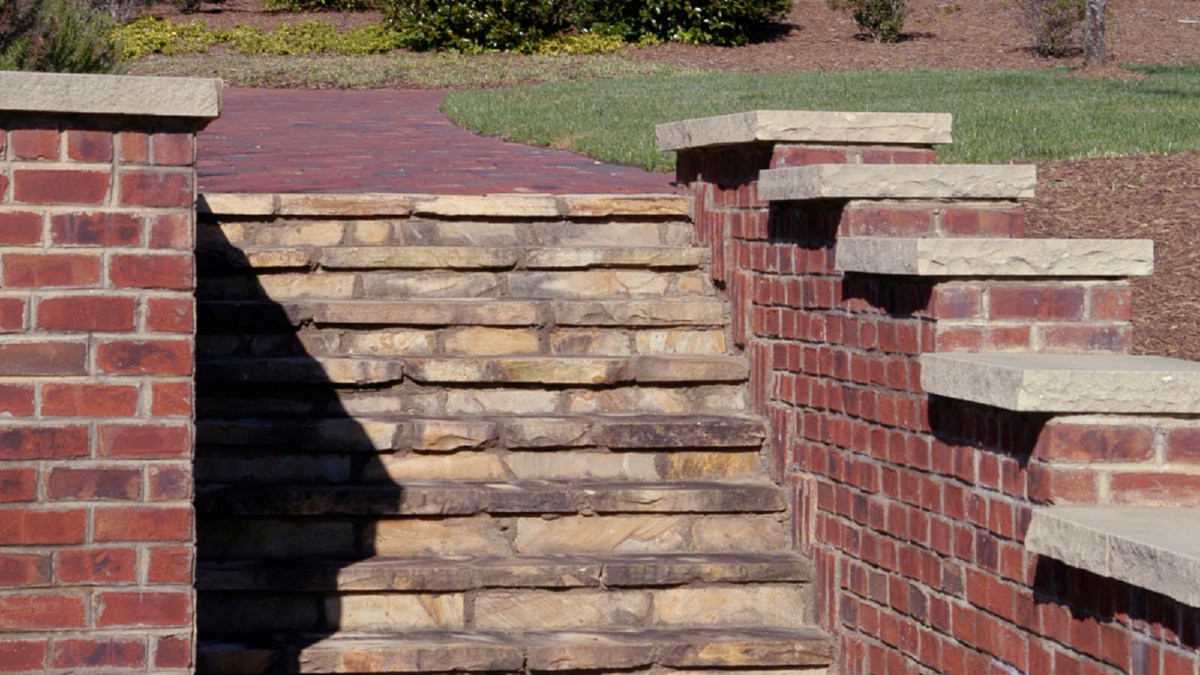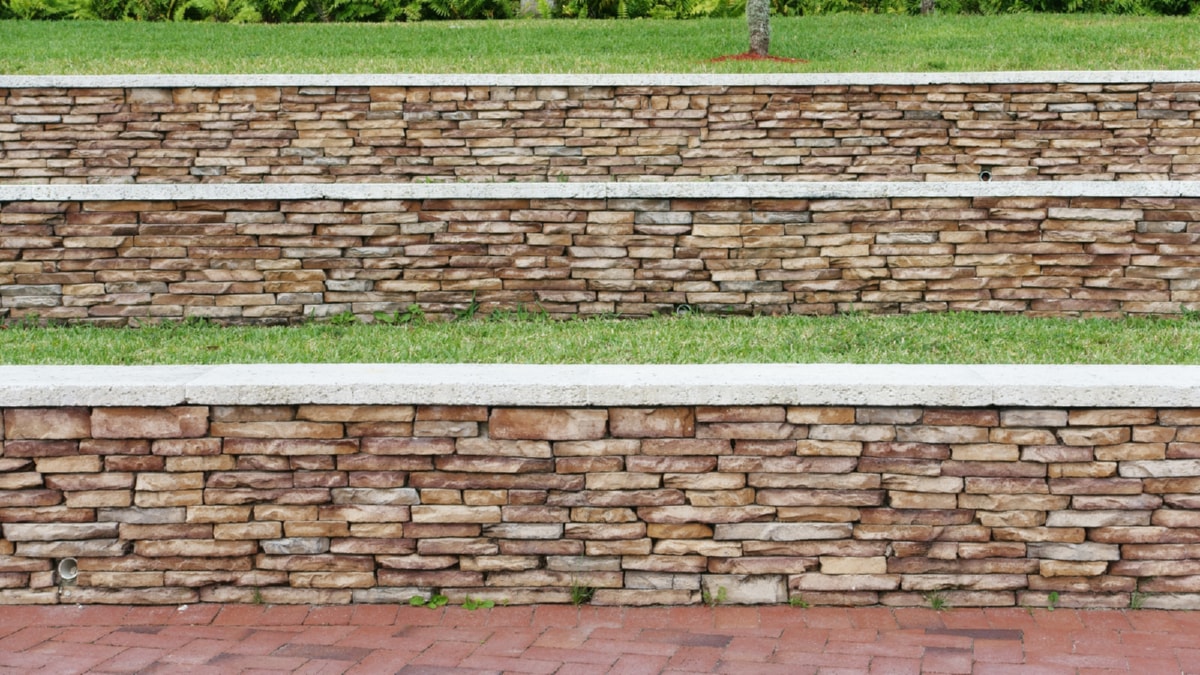Grasping the Fundamental Concepts of Eco-Friendly Construction
Green building, also known as sustainable or eco-friendly construction, involves the use of processes and materials that are environmentally responsible and resource-efficient. The primary objective of this approach is to reduce the negative impact on the environment while enhancing the quality of life.
The first step to understanding green building construction is learning about the fundamental principles. These include energy efficiency, water efficiency, resource efficiency, indoor environmental quality enhancement, and the building’s impact on its site.
Energy efficiency is, undoubtedly, a primary concern in green building. It’s about using energy efficiently, from the construction phase to the operation phase. The use of renewable energy, such as solar and wind power, is also encouraged.
Water efficiency involves saving water and reducing the use of potable water. This can be achieved through efficient appliances, rainwater harvesting, and recycling greywater.
Resource efficiency concentrates on using eco-friendly materials. These can be recycled products, locally sourced materials, or durable goods.
Enhancing indoor environmental quality means creating a comfortable indoor environment. This includes proper air circulation, adequate lighting, and the utilization of materials that are not toxic.
Lastly, the building’s impact on its site should be taken into account. This involves choosing a location with easy access to public transport, amenities, and services to reduce the need for private transport.
In conclusion, green building construction is not just about constructing buildings. It’s about establishing a healthy, sustainable environment for everyone. By understanding these basics, you’re making a significant step towards contributing to a more sustainable future.
For more details, check best construction service or visit their business listing here.


